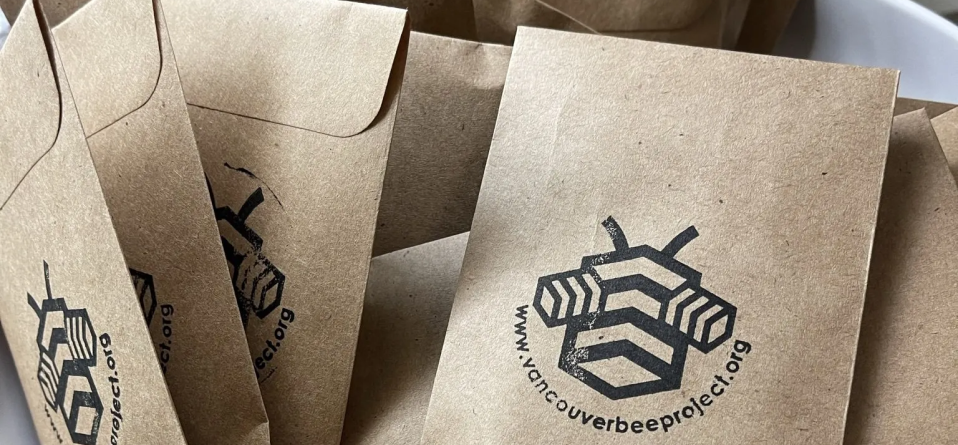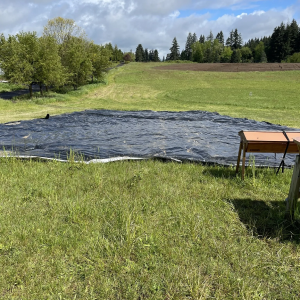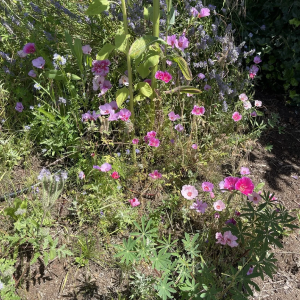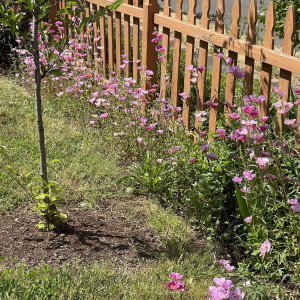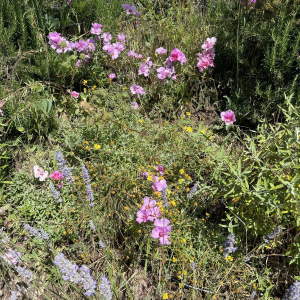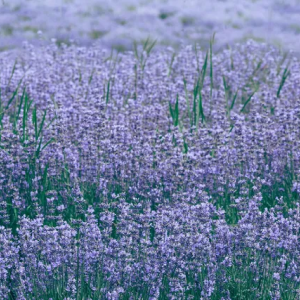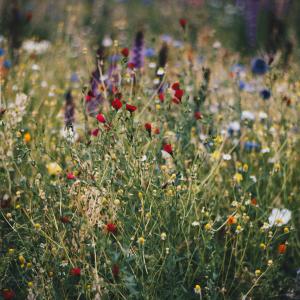
REsources
HOW TO MEADOWSCAPE
WHAT IS URBAN MEADOWSCAPING?
Prairies and meadows once dominated the landscape in Clark County.
Comprised of native wildflowers that specialize in reestablishing burn areas, these vast meadows are now nearly completely gone. Urbanization and farming have impacted enormous ecosystems of native plants and pollinators. The creation of urban meadows and meadowscapes, even in small spaces like boarders or parking strips, can promote pollinators but can also be a really beautiful addition to our traditional yards and gardens. Native plants that thrive here include meadow flowers like tarweed, Oregon iris, lupine, self heal, seablush, meadowfoam, checkermallow, camas, yarrow, fairwell to spring, gumweed, milkweed, and goldenrod. Planting an urban meadowscape has some tricks to it so make sure and come up with a plan to execute your meadow.
To help you get started, we have sample packages of Native Upland Prairie Flower Mix available for you to GROW NATIVE VANCOUVER at home!
wildflower Site preparation is key.
Here are some resources:
Seed Suppliers, Native Plant Nurseries, and Local Plant Lists
Northwest Meadowscapes
(Check out the Common Questions section)
Meadowscaping Handbook
(Check out Site Preparation starting on page 24 of the PDF - From West Multnomah Soil & Water Conservation District)
Non native grass is not your friend! The more you can remove before you seed the more successful your meadow will be
Planting in large pots works well
Recent News
SIGN THE PETITION TO SUPPORT MAKING VANCOUVER A BEE CITY USA® AFFILIATE!
See a draft Vancouver City Council resolution supporting becoming a
Bee City USA® affiliate here.

